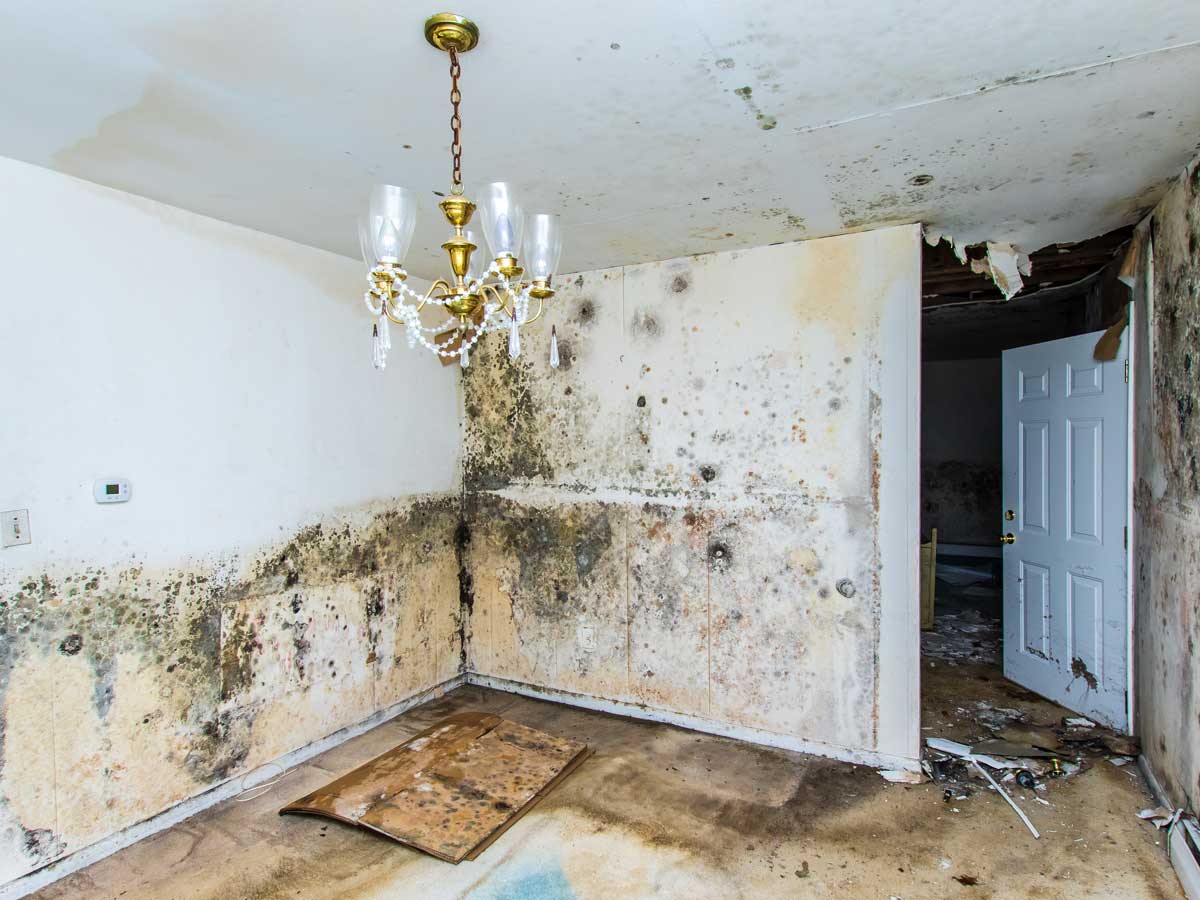
Water damage restoration comes with several myths that can mislead homeowners and property managers, thus prescribing wrong solutions and the development of long-standing complications. There is actually a misconception that whenever people cannot see the water, then the problem is already over. In fact, if not checked, the hidden moisture can lead to a total compromise of the structural integrity of buildings and lead to the formation of mold.
Other myths include that it is possible to manage severe water damage using a do-it-yourself approach, when in fact, professional restoration services are central to guaranteeing complete and safe restoration. Further, there are people who are convinced that the insurance amount will cover all possible expenses, but insurance coverage is not standard.
Reach out to Water Damage Restoration Long Bach experts for more details.
Myth: You can Solve Water Problems Using DIY Solutions
Most people try to overcome water damage on their own, not realizing that some simple techniques like using towels and fans can aggravate the situation. Although these approaches could solve some simple problems, they are powerless at coping with complex water damage restoration procedures.
Do it yourself often does not consider concealed dampness that causes moisture formation and wearing of structures, hence encouraging mold formation. Dampness must be removed promptly with the help of the equipment and methods that are available to professional water damage restoration services.
Myth: Mold Only Shows Up When Water Damage is Very Widespread
Another popular myth is that mold can only grow after large-scale water leakage and damages. In fact, you only need 24 to 48 hours for the mold to start growing after a house or building has been exposed to water. Any place or even stains containing water or damp can contribute a conducive place for mold formation.
This is why water damage has to be treated effectively as soon as possible in order to avoid mold growth. It is a common practice for professional restorers who engage themselves in water damage restoration to also do mold inspections to establish whether or not there is mold damage during water damage mitigation.
Myth: Water Damage Matters Are Not Different from Each Other Regardless of the Type of Water
Moreover, it is also important to know that not all water damages are similar, and there are some distinctions that will define the actions needed. Water damage comes in three classifications, among which are clean water, gray water, and black water. Water leaking from a burst pipe is safer than black water, which is water from sewage.
Different kinds of water are evaluated, and special consideration is given to professional restorers when different techniques of restoration are used according to the type of water that is involved.
Conclusion
It is critical for property management to be informed of the various water damage restoration myths that are out there. Some homeowners try to do the job themselves, which is completely wrong.
Thus, if property owners accept these facts and use professional help, they will be able to perform a more efficient restoration job and avoid additional losses and potential health hazards.



